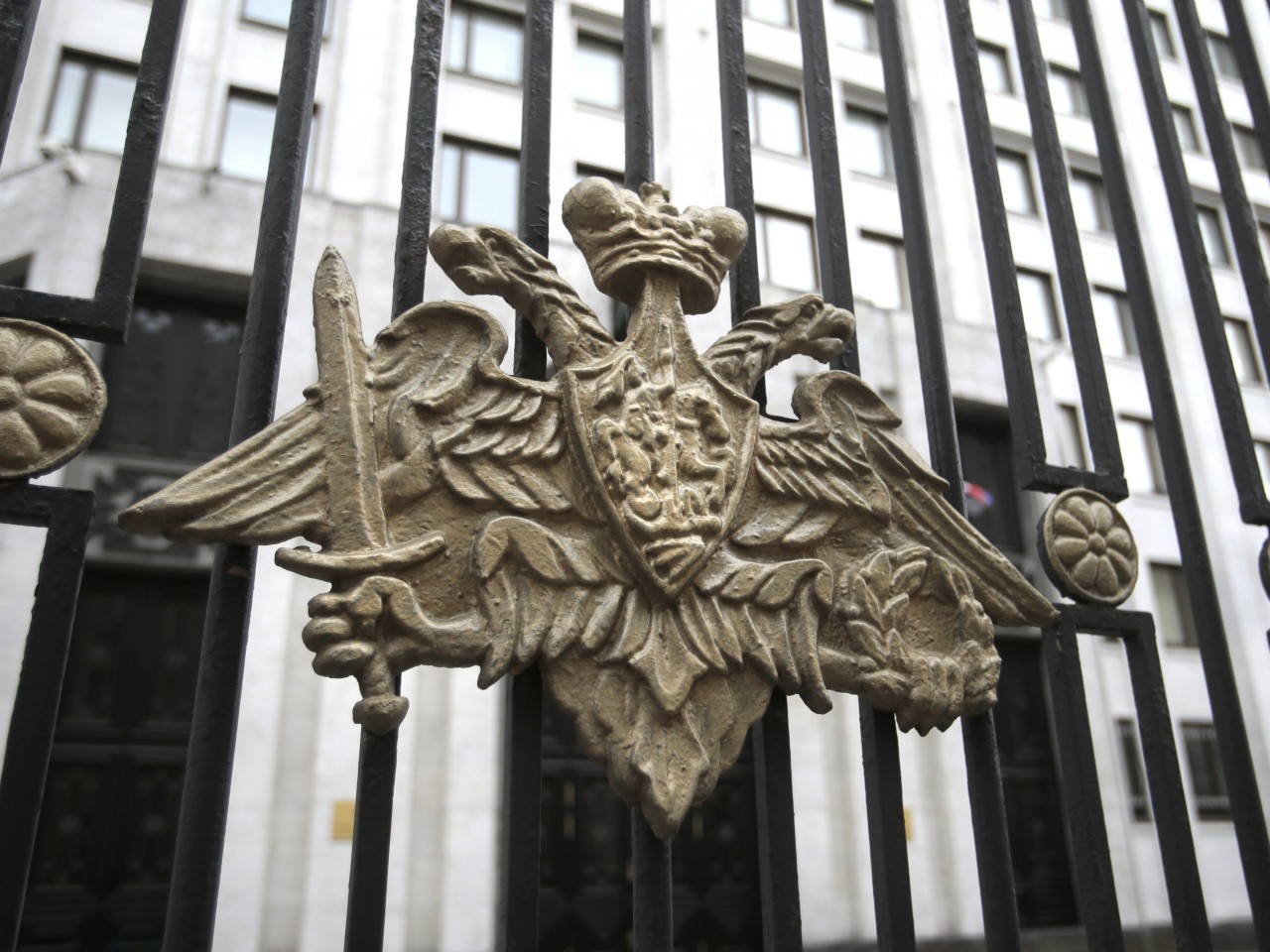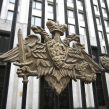
If War Comes Tomorrow: Putin’s Gamble in Eastern Ukraine
Publication: Eurasia Daily Monitor Volume: 11 Issue: 71
By:

Russian, Ukrainian and Western media, commentators and officials offer conflicting interpretations of Russia’s military “buildup” along Ukraine’s eastern border. The reality of the size and composition of those forces is fiercely disputed. A near war of words has erupted between Moscow and the North Atlantic Treaty Organization (NATO) following the Alliance releasing unclassified satellite images of the Russian forces and military hardware close to the border with Ukraine. The presence of Russian Armed Forces units, which according to NATO top brass, could commence operations in Ukraine “within 12 hours” of the order being received, places extreme pressure on the government in Kyiv. With ongoing “separatist activity” in several towns and cities across eastern Ukraine over several days, and the similarity in the tactics compared to previous events in Crimea—with an apparent involvement of Russian agents and special forces—questions arise over the Kremlin’s intentions (Interfax, April 11).
If the Kremlin is seriously contemplating authorizing military operations in eastern Ukraine, and if the force buildup is a prelude to that operation, what kind of “war” is envisaged? What are the risks for Russia? And more importantly, if war erupts between conventional Armed Forces units from both states, how does Moscow foresee that scenario playing out? In order to assess President Vladimir Putin’s options and intentions, it is necessary to look behind some aspects of Moscow’s information campaign, examine the potential crisis escalation from Russia’s perspective, and consider some of the key military weaknesses on both sides (see EDM, April 8).
NATO Commander General Phillip Breedlove describes the “40,000” Russian troops and equipment in proximity to the border with Ukraine as representing a credible “combined-arms” grouping that is capable of moving into eastern Ukraine to prosecute a campaign to achieve the Kremlin’s strategic goals. Russian officials, media and commentators dismiss the allegations concerning the force buildup as NATO propaganda, while Alliance officials have defended the released satellite images, stressing that these images were not doctored in any way (https://www.aco.nato.int/imagery-reveals-destabilizing-russian-forces-near-ukraine-border-nato-plans-balanced-response-to-reassure-allies.aspx).
A Moscow-based defense analyst told Jamestown that he showed these images to a retired Russian general staff officer, who dismissed the NATO version concerning the numbers. The retired officer examined the press release and claimed that key images showed “two battalion tactical groups,” one artillery battalion, an army aviation squadron and an air force fighter squadron; he concluded that this in no way matched the “40,000” assertions. However, in real terms, the Alliance assessment of the buildup of forces is undoubtedly more realistic than the far-fetched responses from Russian officials and media outlets, which have gone as far as to suggest the images show the areas in question in 2013 (Interfax, April 12). The estimate of the numbers by NATO seems realistic, while the identification of battalion tactical groups in the images is no less important as this is precisely how combat operations would be conducted.
There are inter-connected reasons as to why force size and composition is significant in the context of the crisis. First, Moscow is fully aware that the Ukrainian defense ministry estimated that it has around 6,000 combat-ready troops; and Russian military intelligence will have their own assessment. In addition, Ukrainian Armed Forces units are at a severe disadvantage, which is a vestige of the Soviet era: the bulk of the military bases in Ukraine are located in the western part of the country. This was designed to repel a NATO invasion of the Soviet Union during the Cold War (see EDM, March 18). In other words, for Ukrainian defense ministry units to respond to any destabilization or incursion into eastern Ukraine would require the movement of units across the country, often having to cover large distances.
The composition of the Russian combined-arms force seems predicated on this geographic reality, which would leave Ukrainian units vulnerable to Russian air power; in the calculus of the General Staff in Moscow, very few of the Ukrainian units would arrive intact in the theater of operations. Whether Kyiv could muster more than the 6,000 combat ready troops remains open to question. But another key factor in the Kremlin’s reading of the options and its possible response relates to the weakness of the government in Kyiv, and this has been reinforced by critical events during the seizure of police stations and government buildings in eastern Ukraine over a several-day period. The bungled “anti-terrorist” operation outside Slovyansk on April 12 will have underscored the Kremlin’s assessment of the weakness of what it views as an illegitimate government in Kyiv. Moreover, President Oleksandr Turchynov’s replacement of the local head of the Security Service (SBU) on April 14 as well as the president’s signaling on the same day of his refusal to rule out holding a referendum in eastern Ukraine on May 25 to coincide with the presidential election will be viewed in Moscow as confirming weakness (https://www.pravda.com.ua/rus/news/2014/04/14/7022322/).
Yet, Putin also likely understands that there are Russian military and economic weaknesses. And these factors shape and influence any war planning in the Kremlin. The first was demonstrated clearly in a recent article by Lieutenant-General Vladimir Ostankov, a professor and the head of the Academy of Military Sciences Third Department. His main theme was to explain that Russia has no strategic reserves. If military conflict erupts in eastern Ukraine, Russia has no real options for a long war; it could send some brigades from other military districts, but a long drawn-out conflict or one going badly for Moscow is simply not on the cards (https://vpk-news.ru/articles/19528). Moreover, movements on the Russian stock market on April 14 remind Putin that he cannot economically afford a lengthy conflict with Ukraine (Interfax, April 14).
The approach used on the ground in Crimea by Russian special forces, naval infantry and airborne units, which together constitute elements of Russia’s new rapid reaction forces, could not replicate such a successful operation in eastern Ukraine. But Putin’s supreme gamble in the crisis is to base his planning on the inequalities that exist between the leadership and militaries of both states; it is a strategy designed to exaggerate and exploit the perceived weaknesses of the government in Kyiv and its ability to respond to Russian aggression. The force size and composition in the background represent Putin’s final move, namely that if his hand is forced he plans a short, sharp conflict with the aim of bring all sides to the negotiating table on his terms. It may not be “land grab” as such, but an opportunity to exact rich rewards from a high-stakes gamble.




